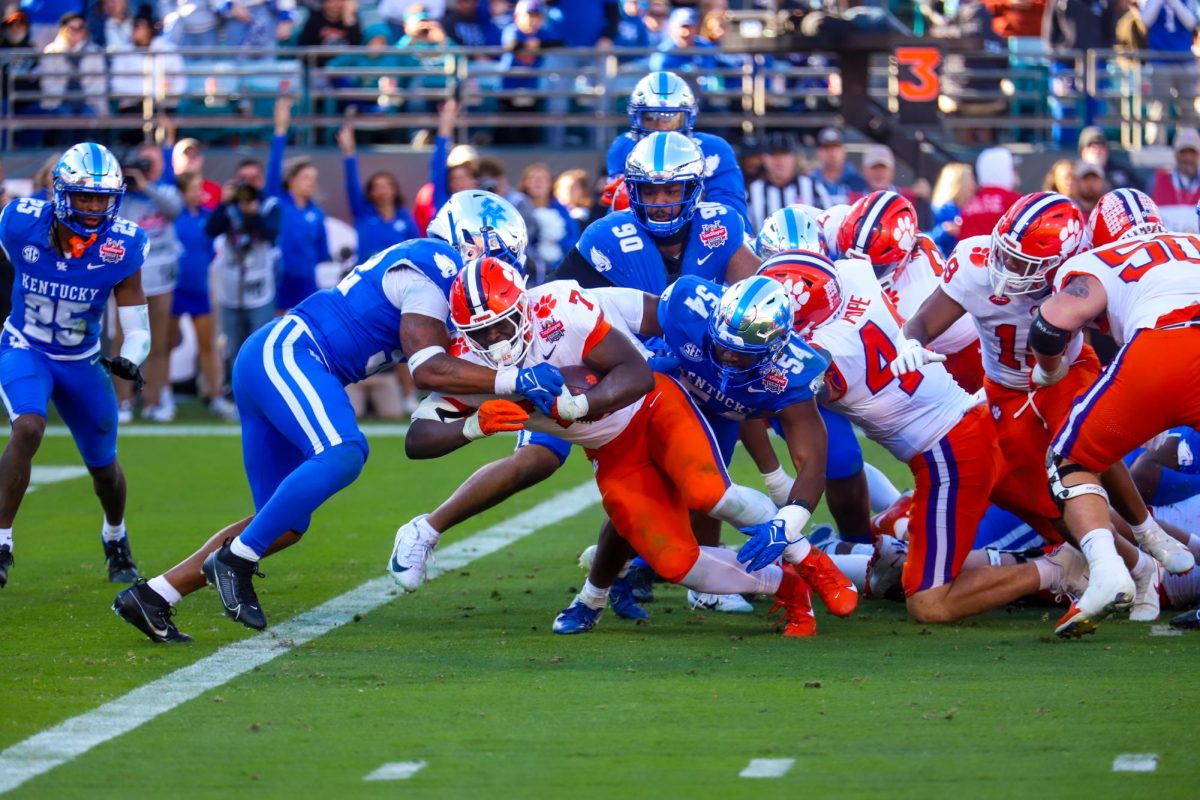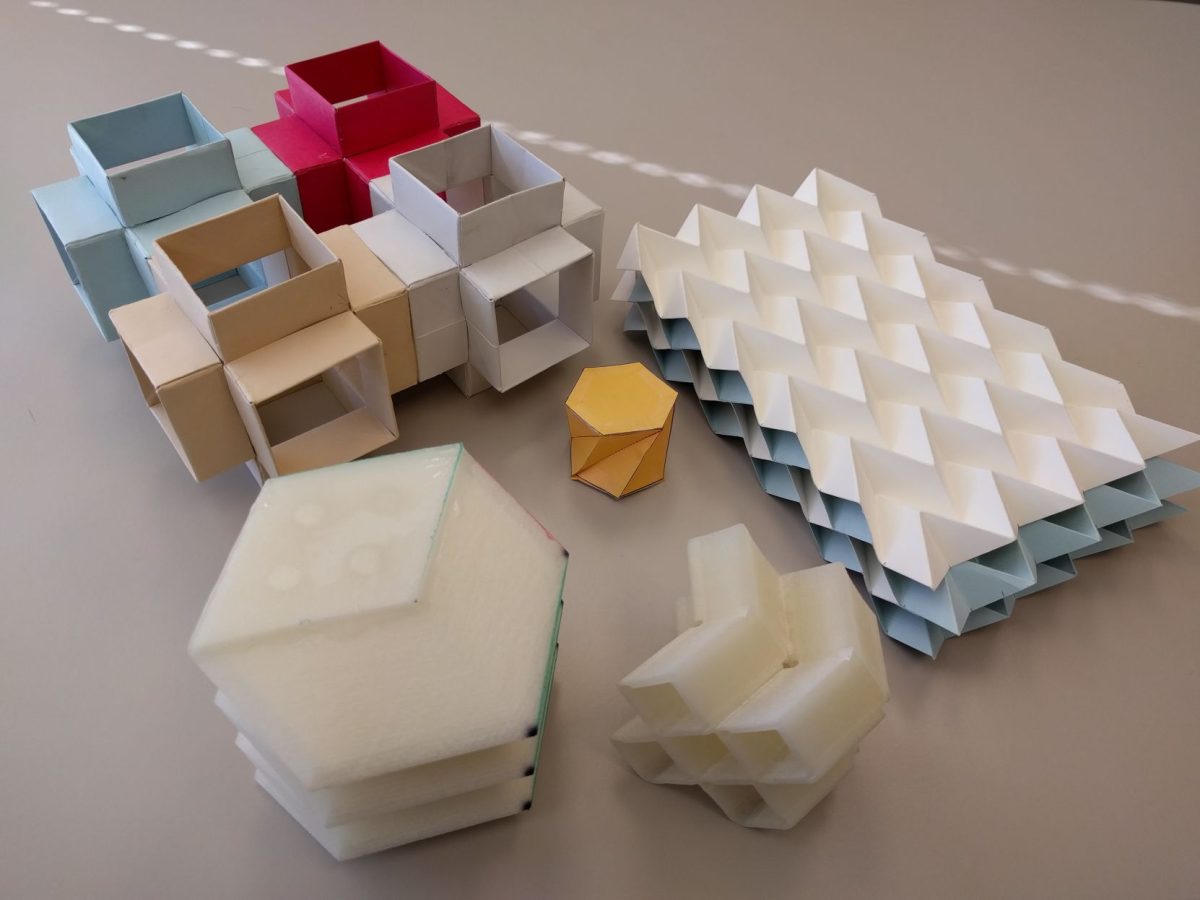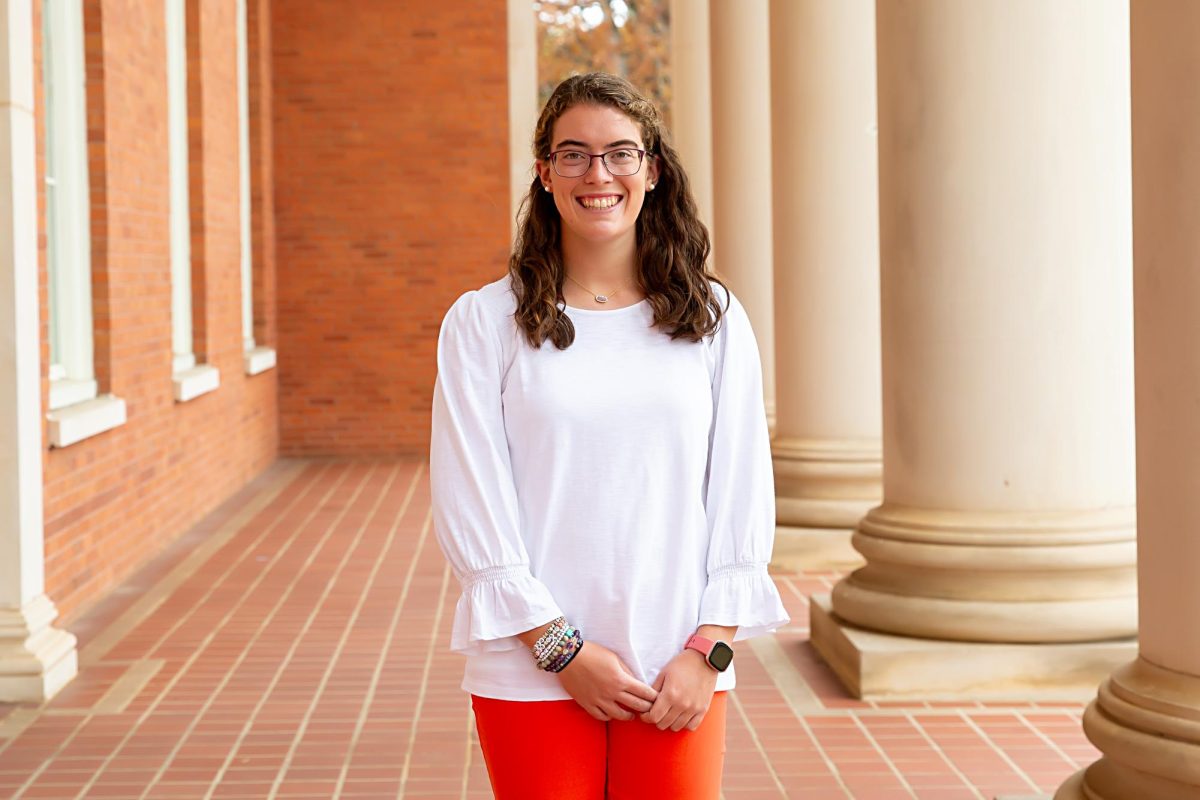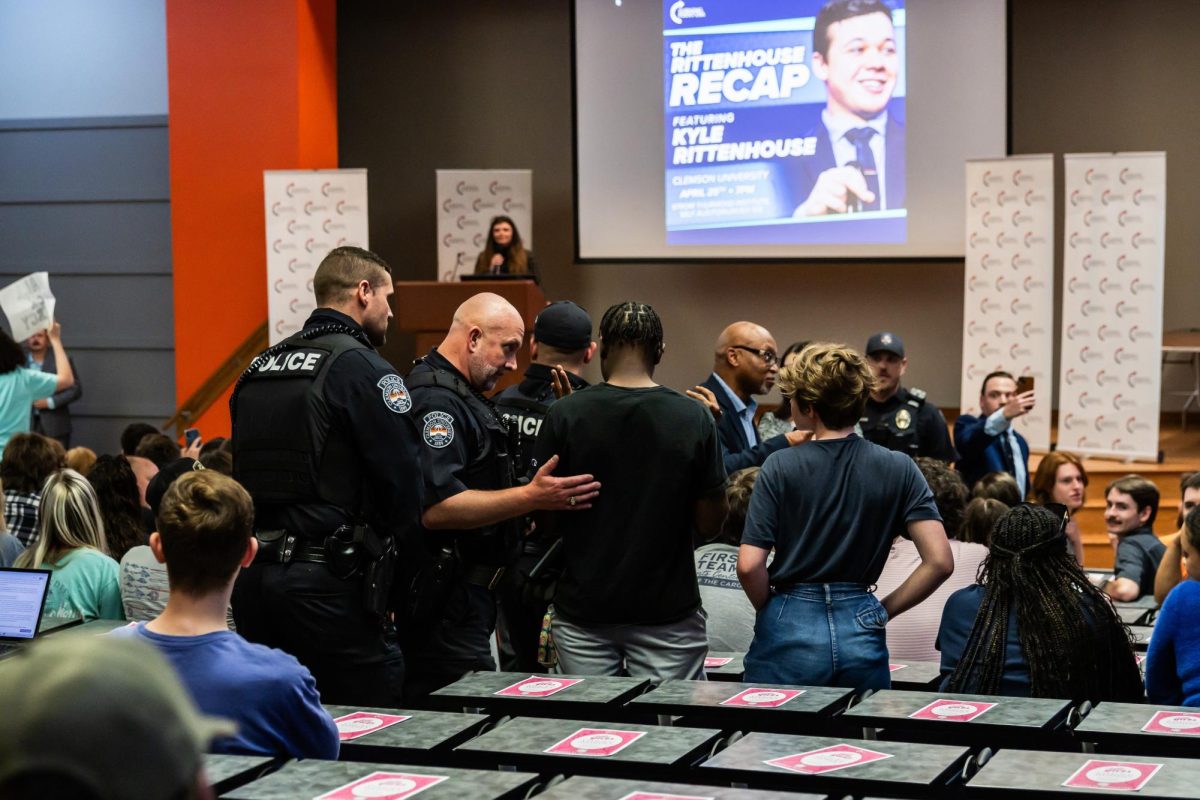When Clemson University mechanical engineering professor Dr. Suyi Li was a child in China, he was constantly surrounded by origami. In China and East Asia, origami is an integral part of popular culture. Origami is a hands on art, associated worldwide with beautiful cranes, eccentric boxes and even little green paper Yodas. Li’s childhood love of origami was left behind when he went to college and on to earn his Ph.D. However, when he was left pondering what he wanted to focus his career research on, he had a flash of inspiration: why not combine the education he got from his Ph.D. with his childhood love of origami?
Fast forward, and Li is now dedicated to “converting origami into an engineering discipline.” He and other professionals around the world are working to apply origami in the fields of engineering, research, commercial products and education.
“Origami is special in that it connects design, structural mechanics and vibration or movement analysis together,” Li said.
The core reason why origami works as engineering material is in its geometric nature and the fact that it originates from flat, thin sheets of material. Li reiterated the concept that any flat material can be folded into an origami shape, whether it be paper, metals or cellulose. These folding principles can even be applied to design using 3D printing.
As with any engineering research, testing must follow an initial idea. If an idea works on paper, but not in 3D, then it simply will not work.
Li stated that “testing of the origami is a twofold process.” He first uses mathematical models of different folding patterns in different materials to collect hypothetical test results. Next, he compares these results with physical testing. However, getting the physical results to match with the hypothetical ones is no easy task.
After the basic concepts of Li’s research were understood, Li delved deeper into what he envisioned his research to be in the future. His first step was to truly understand how microscopic folding affects macroscopic mechanical properties. According to Li, the key to moving forward with engineering applications is to know the connection between the origami geometry and material performance.
Once he finds this, he sees four main sectors of origami engineering: emergency relief pop-up structures, machines, materials and robots. Currently, materials are his most prominent sector. The essence of his idea is this: at the microscopic level, tiny chains of origami folded patterns would create a normal looking block of material at the visible scale, but this material would have superior and controlled properties that could range from cushioning to protection or strength.
Li also told of a specific cellulose material he and his colleagues often use for research. It can be origami folded and carbonized in an oven, making a filter-like material with the exact same material properties each time a new sheet is tested.
“Origami makes material properties predictable,” Li said.
Moving forward, the end goal of his research is a soft, safe and efficient crawling robot. He would like to create an easily origami-foldable robot “worm” that can crawl using the folds of origami with a limited input system, such as a single motor. This would make the robot easily transportable and would allow it to fit in small places: a design for disaster relief situations useful for searching rubble for survivors.
After achieving these goals, Li would eventually like to create a class at Clemson that would use origami to teach engineering principles. Out of this class could even come a book outlining the engineering inherent within origami, and the applications possible through origami. He would also like to expand this concept to the K-12 environment so that others may enjoy the art and science of origami from an early age — just like he did.













